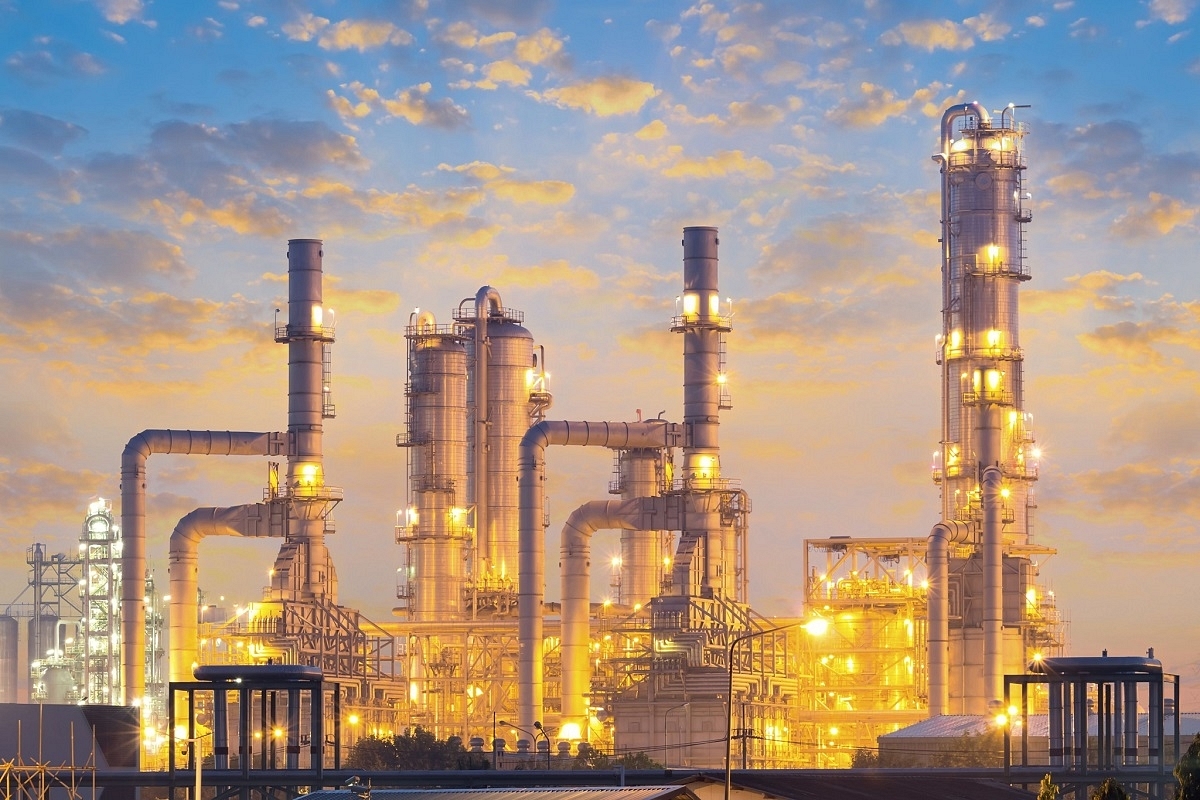News Brief
Are Oil Prices Set to Go Higher After OPEC Announces Production Cuts And Slowly Regains Control Of Oil Market?
- Given today’s uncertain scenario, predicting oil prices might be difficult. However, it is quite clear that OPEC is slowly regaining control of the oil market.

An oil refinery
Organization of Petroleum Exporting Countries (OPEC) has decided to cut production by 1 million barrels a day, which accounts for a percentage of global oil production.
OPEC had already cut production by 2 million tonnes in October 2022, after prices came down from the peak of $ 115 per barrel. The move pushed oil prices to $ 86 a barrel from the previous close of around $80. The OPEC+ cartel controls nearly a third of the world’s crude production, making OPEC’s production an important factor in determining prices.
Why is OPEC Cutting Prices?
The failure of several banks, the current economic slowdown, and the elevated likelihood of a recession have forced OPEC to cut production to keep prices elevated.
OPEC is known for its attempts to “manage prices” by cutting crude oil production in member countries. The rapid rise in inventories across the globe also hurt crude prices, making OPEC more concerned about controlling falling prices. Goldman Sachs has raised its year-end estimates for crude by around 6% to $95.
Is the Market Tilted in OPEC’s Favor?
There are several reasons why the crude oil market could remain tight for a while.
China is opening up, and Chinese demand is returning after an extended Zero-Covid lockdown. According to reports, road activity in China and USA is already above their 2019 levels, indicating a strong oil demand.
Further, during the last decade, the United States (a non-OPEC member) rapidly growing shale output has caused prices to decline significantly. However, shale might not be able to replace the gap in the market left by OPEC’s cuts.
After the US became the world’s largest oil producer with shale production, the balance over the control of oil supply shifted away from OPEC. But both shale industry professionals and OPEC expect shale’s growth to slow going forward, making it difficult for shale production to compensate for OPEC’s cuts.
There has been quite a lot of investor pressure on shale companies to reinvest profits into green ventures or return capital to investors instead of reinvesting it in the business.
While the pressure eased quite a bit after the rapid increase in crude prices, it might return, making it relatively more challenging for some players to reinvest in the shale business.
If any other supplier does not substitute the production cuts, prices are bound to remain high.
After several years of struggle, OPEC appears to be in greater control of the market, and its influence is expected to increase going ahead. Shale industry professionals expect OPEC’s market share to rise from 30 to 50 per cent as shale production plateaus by 2030.
How Would These Prices Affect The Market?
Higher crude prices might still affect markets since central bank decisions on interest rates have been a topic of intense scrutiny for the past several months.
Since interest rate decisions are based on inflation, energy prices affect headline and core inflation. Higher headline or core inflation would lead to continued tightening by central banks.
Usually, government security yields and oil prices move in tandem – but they are not doing so currently in mature markets like the US bond markets. This indicates that markets expect low consumer demand and prices to soften, and inflation to remain under control. Hence, according to industry analysts, the current global slowdown and a possible recession might help keep crude oil prices under $100 a barrel.
Given today’s uncertain scenario, predicting oil prices might be difficult. However, it is quite clear that OPEC is slowly regaining control of the oil market.
Support Swarajya's 50 Ground Reports Project & Sponsor A Story
Every general election Swarajya does a 50 ground reports project.
Aimed only at serious readers and those who appreciate the nuances of political undercurrents, the project provides a sense of India's electoral landscape. As you know, these reports are produced after considerable investment of travel, time and effort on the ground.
This time too we've kicked off the project in style and have covered over 30 constituencies already. If you're someone who appreciates such work and have enjoyed our coverage please consider sponsoring a ground report for just Rs 2999 to Rs 19,999 - it goes a long way in helping us produce more quality reportage.
You can also back this project by becoming a subscriber for as little as Rs 999 - so do click on this links and choose a plan that suits you and back us.
Click below to contribute.
Latest